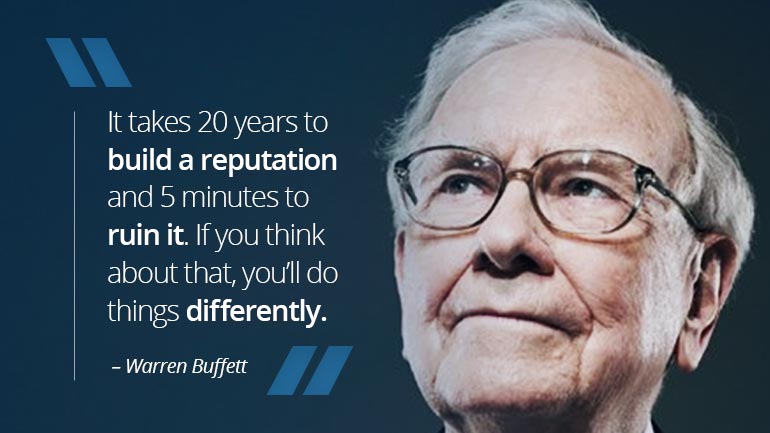People look at the rich and powerful and sometimes feel that they’ve always been that way. What many don’t see are the struggles and failures endured in the early years, and sometimes even in the middle years, of these wealthy traders’ careers.
It is understood that there are bumps in the road when you consider that most traders’ fortunes are made through risk-taking behaviour.
Take the case of one well-known trader, a man you’ve likely heard of by the name of Warren Buffett.
You might think that Mr Buffett has always been successful, but the truth is he’s had his share of failures, and some were caused by risky behaviour.
The very first failure he experienced was in 1951 when he purchased a Sinclair Texaco station. Buffett is considered one of the best businessmen in all history, but he was never able to turn a profit from that gas station.
He then decided to try his hand at trading, and by 1962 he was a millionaire. But that doesn’t mean he still didn’t have failures to face.
One of those failures was the purchase of Berkshire Hathaway. What is now his flagship brand was once a textile business. Buffett began buying shares in the company in 1962, but as he noticed a sharp decline in business, he made a deal with then CEO Seabury Stanton to sell his shares back to the company.
When the papers for the deal were delivered to Buffett, he saw that Stanton had changed the deal and offered 1/8 a point less than what was agreed.
Now, this is where the risk comes in, and it was an unintended and unexpected risk because it came from Buffett’s own emotions. He was so angry at Stanton for changing the deal that he kept his shares and went on to purchase enough shares to take control of the company, so he could fire Stanton.
Definitely a risky move in a declining business, and one that was fuelled by emotion rather than logic.
To make matters worse, after taking control of Berkshire Hathaway he kept the business running for another 20 years, trying and failing to realise a profit from a dying industry in the U.S. To this day, Buffett calls it his “$200 billion mistake”.
To Mr Buffett’s credit, he was still able to become successful, despite his failures and unintended risk-taking.
Trading is a risky business no matter what. In order to see success, risk needs to be taken, but they should be logical, considered and measured risks.
Emotional risks are the ones that often lead to failure and losses and keeping emotion from your trading is one of the wisest moves you can make.
Be like Warren Buffett and make billions of dollars, but also be smarter than him and keep emotions from your trades.



















